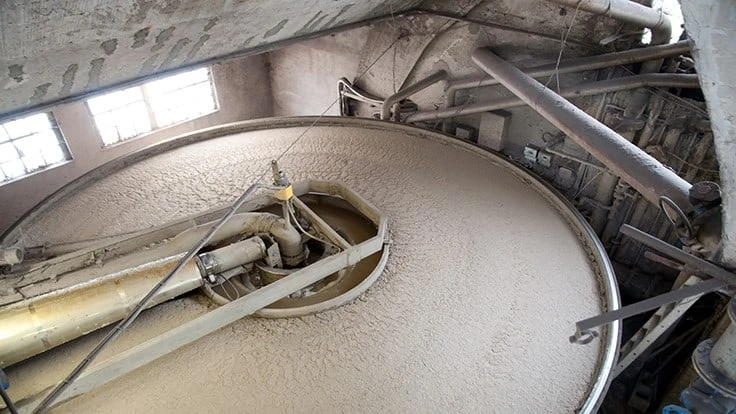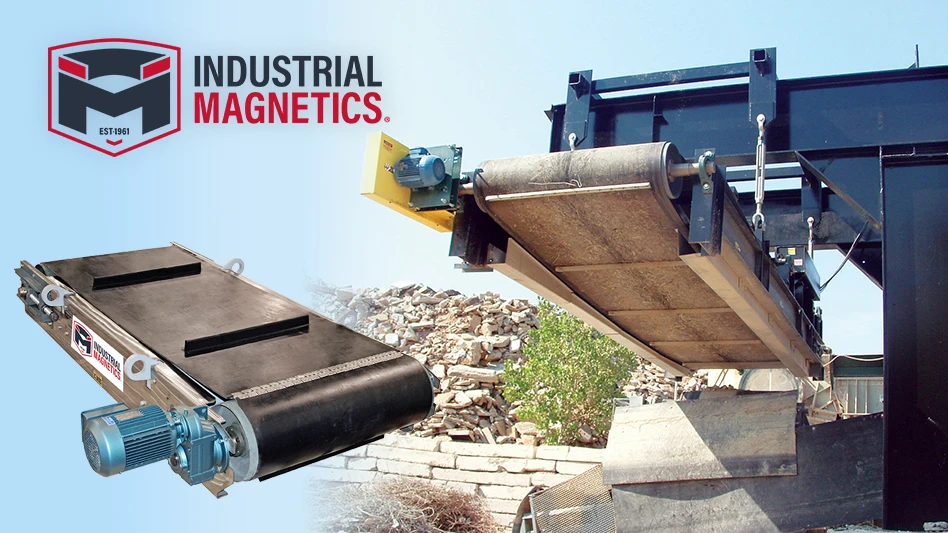
Researchers at The University of British Columbia (UBC) Okanagan in Canada are currently developing guidelines to use waste materials from the pulp and paper industry as a sustainable alternative for road construction.
As reported by Engineering and Technology (E&T) magazine, the researchers have turned their attention to wood-based pulp mill fly ash (PFA), which is a non-hazardous commercial waste product, to investigate the potential of using a waste material from this industry in constructing roads.
The North American pulp and paper industry generates over one million tons of ash annually by burning wood in power boiler units for energy production. When sent to a landfill, the producer shoulders the cost of about $25 to $50 per ton, so mills are looking for alternative usages of these by-products.
“Anytime we can redirect waste to a sustainable alternative, we are heading in the right direction,” Dr. Sumi Siddiqua, associate professor at UBC Okanagan’s School of Engineering, told E&T. Dr Siddiqua leads the university’s Advanced Geomaterials Testing Lab, where researchers uncover different reuse options for industry by-products.
The new research, co-published with postdoctoral research fellow Dr. Chinchu Cherian, investigated using untreated PFA as an economically sustainable low-carbon binder for road construction.
“The porous nature of PFA acts like a gateway for the adhesiveness of the other materials in the cement that enables the overall structure to be stronger and more resilient than materials not made with PFA,” Cherian explained. “Through our material characterization and toxicology analysis, we found further environmental and societal benefits that producing this new material was more energy efficient and produced low carbon emissions.”
However, Siddiqua noted there are concerns in the construction industry that toxins used in pulp and paper mills may leach out of the reused material. “Our findings show that because the cementation bonds developed through the use of the untreated PFA are so strong, little to no release of chemicals is apparent. Therefore, it can be considered as a safe raw material for environmental applications.”
While Cherian explains that further research is required to establish guidelines for PFA modifications to ensure its consistency, she is confident their research is on the right track.
“Overall, our research affirms the use of recycled wood ash from pulp mills for construction activities such as making sustainable roads and cost-neutral buildings can derive enormous environmental and economic benefits,” she said. “And not just benefits for the industry, but to society, by reducing waste going to landfills and reducing our ecological footprints.”
Latest from Construction & Demolition Recycling
- Trump says tariffs on inbound steel, aluminum on the way
- Liebherr appoints managing director of Liebherr USA Co.
- Construction hiring slowest since early pandemic
- Metal roofing sector sees growth opportunities
- Liebherr brings heavy iron to NDA convention
- Viably named authorized Diamond Z distributor in California, Arizona and Nevada
- New York legislators propose resolution to revoke landfill operating permit
- Smarter, faster, safer





